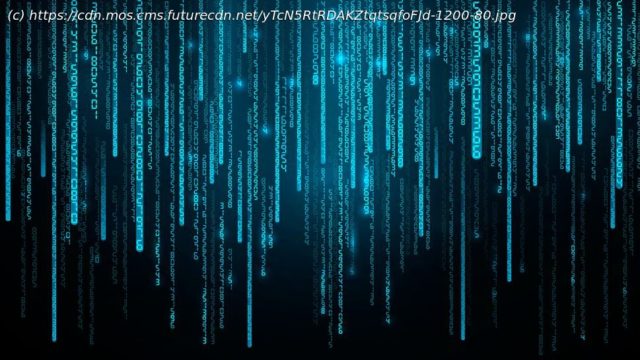Emerging technologies could transform our world into a Matrix-like dystopia.
The Matrix is one of the most iconic sci-fi movies of all time. This dystopian action film changed how we think about the future, technology, and the increasingly blurred lines between the real and virtual worlds. In this blockbuster from 1999, intelligent machines have won the war against humans, who pay the ultimate price. Their bodies are enslaved for their energy while their minds are occupied within the Matrix, a simulated reality designed to make them believe everything is as it always was. The Matrix raises a thought-provoking question: would you rather stay in the comfort of an artificial world or face the harsh truths of an unknown reality? As a result of recent technological developments, this may be a question humanity is forced to answer sooner rather than later. Many experts have warned about the dangers posed by artificial intelligence, and the popularization of blockchain, NFTs and the metaverse add fuel to the debate. Will these technologies help us better our lives? Or are they guiding us towards a darker, more Matrix-esque world, wherein we spend more and more time in a virtual space we can’t escape? Our evil overlords aren’t running the show just yet. However, our increased dependence on technology for working, living, and connecting with others does raise important questions about how much time is ‘too much’ to spend in a virtual world and what risks and dangers are associated with virtual reality and technology. Looking through the lens of three of the most high-profile tech concepts in recent years – NFTs, blockchain, and the metaverse – here’s what we need to consider. Walking through any art gallery, you’ll see priceless works of art by famous painters throughout history. But could a digital file ever be thought of as a piece of artwork, equal in value to masterpieces by Cézanne or Van Gogh? Enter the NFT, or non-fungible token. In simple terms, an NFT is an individual unit of data, recorded and stored on a digital ledger known as a blockchain. Non-fungible means the item is one-of-a-kind, unable to be copied or substituted — just like the Mona Lisa. The NFT contains unique ownership data, so NFTs aren’t the artwork itself but rather a method used to record the ownership of digital art — otherwise, anyone can claim to own the original of a digital art file. They first appeared in 2017 with the launch of CryptoPunks but didn’t take off until early last year. Now, NFTs have taken the art world by storm. NFT technology allows artists and collectors to connect directly, but NFTs also give us a way to verify ownership of digital art, rare in-game items, virtual spaces, and domain names. In a virtual world, NFTs will become increasingly important. You’ll not only display your digital art within the metaverse, but NFTs will also represent ownership of digital items, such as the clothes and accessories worn by your avatar and the purchases you make within the digital world you spend time in. Will digital art ever replace that priceless watercolor hanging on your wall? It’s doubtful, as physical arts such as paintings, sculptures, and photography will always hold value to collectors, whether it’s sentimental or monetary. There is also a dark side to the world of NFTs, which is currently subject to no direct regulatory guidance, although it’s possible the US government could categorize NFTs as securities or commodities in the future. Like fine art, NFTs are only worth what people will pay for them and the level of volatility in the NFT (and cryptocurrency) space is extreme. No investment is ever a guaranteed success and the NFT field is purely speculative, so it’s easy to lose money with NFTs if you’re not careful. Artists are also at risk of art theft, plagiarism, and fraud, with the virtual world giving users anonymity that unscrupulous art thieves can use to their advantage. NFTs also raise some concerning environmental issues, as the Ethereum blockchain on which most of them sit demands a huge amount of energy to sustain itself. As with any unregulated space, there’s plenty that can go wrong, with concerns that the NFT market can be used as a type of pyramid scheme, which sees early investors making huge gains but newcomers struggling to recoup their losses.
Home
United States
USA — software NFTs, blockchain and the metaverse are turning our world into The Matrix






